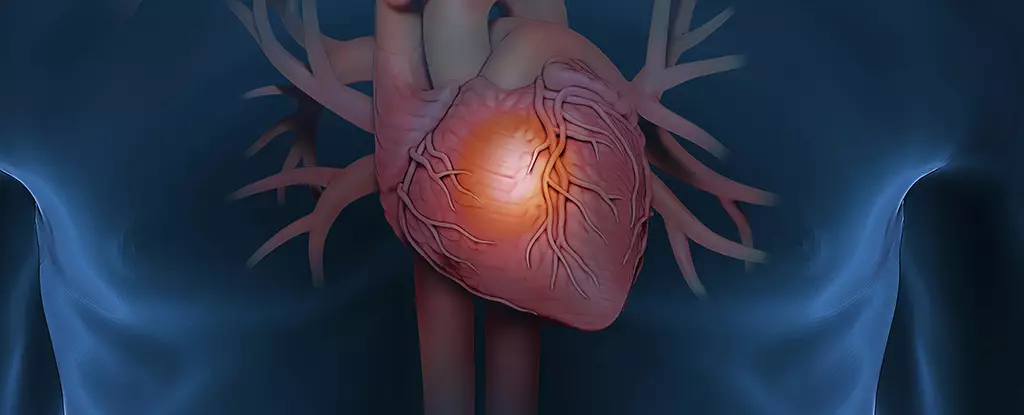Recent advancements in cardiovascular research have unveiled promising possibilities for enhancing the self-healing capacities of the human heart following heart failure. A groundbreaking study conducted by an international team of researchers suggests that specific therapeutic approaches may significantly augment the regenerative abilities of damaged heart tissue, possibly exceeding even those found in a healthy heart. This finding could pave the way for more effective recovery treatments for individuals suffering from heart-related ailments—though the underlying mechanisms that facilitate this remarkable repair process remain shrouded in mystery.
In their investigation, researchers closely examined the recovery trajectories of 52 patients diagnosed with heart failure. Among these participants, 28 were fitted with a left ventricular assist device (LVAD), a mechanical pump implanted to support heart function by enhancing blood circulation. LVADs have become a lifeline for individuals with advanced heart failure, often used either as a permanent solution or until a transplant becomes viable. Notably, some patients exhibit significant recovery, so much so that the LVAD may be safely removed. However, the reasons behind the augmented recovery of hearts corresponding with LVAD implantation had previously remained elusive.
To elucidate the process of cellular regeneration, specifically focusing on cardiomyocytes—the heart muscle cells responsible for contraction—the researchers utilized a novel technique involving radioactive carbon (14C). Since nuclear testing was banned in 1963, the atmospheric levels of 14C have been steadily decreasing, allowing scientists to gauge the age of biological tissues based on carbon concentration. By applying sophisticated mathematical models, the team quantified the regenerative capacity of heart cells in patients suffering from heart failure.
The results revealed that cardiomyocyte generation in hearts afflicted by heart failure was drastically lower—between 18 and 50 times—compared to that of a healthy heart. However, the introduction of an LVAD markedly transformed this scenario; cardiomyocytes were found to regenerate at rates at least six times faster than normal physiological conditions. This significant enhancement in cellular regeneration is not merely an adjunct to improved overall heart function due to the LVAD; it indicates a fundamental shift in the heart’s ability to heal itself.
Despite these optimistic findings, the precise reasons behind this supercharged repair capability prompted by LVAD usage warrant further exploration. As molecular biologist Olaf Bergmann, from the Karolinska Institute in Sweden, indicates, the existing dataset does not yet unveil the mechanisms at play. Continued research focused on a cellular and molecular level is crucial to demystifying how LVADs stimulate cardiac regeneration, which could ultimately lead to a new frontier in therapeutic interventions for heart failure.
The implications of these insights extend beyond the surgical application of LVADs. By recognizing and harnessing the heart’s intrinsic self-repair mechanisms, researchers may be able to develop more natural and efficient treatments, steering away from invasive procedures like cell transplants. Current investigations aim to refine methods for growing heart tissues in laboratory settings, evaluate the biological processes during heart repair, and explore techniques that may encourage heart cells to assume stem cell-like properties for repair purposes.
The pursuit of understanding these regenerative processes holds unprecedented promise for patients recovering from severe cardiac incidents. As researchers like Bergmann express hope regarding the capacity to enhance recovery after heart failure, this radical shift in perspective encourages the medical community to consider innovative pathways for rejuvenating heart function.
While the journey to fully unraveling the secrets of cardiac regeneration is fraught with challenges, the latest findings provide a beacon of hope. With further research aimed at discerning the mechanisms by which LVADs enhance heart healing, we may soon transition from merely supporting damaged hearts to actively promoting their restoration. This progression could potentially redefine the landscape of cardiovascular treatment, offering patients not just extended life, but a profound improvement in quality of life. The convergence of scientific inquiry and clinical application may yield solutions that empower hearts to heal themselves more effectively than ever imagined.


Leave a Reply